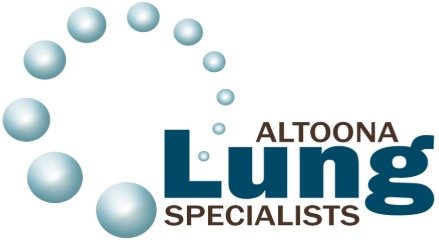Leaders in Providing Comprehensive Pulmonary Care and Sleep Medicine Services, All Under One Roof, for patients in and around Altoona, PA
Endobronchial Ultrasound
Need precise lung diagnosis? Altoona Lung Specialists offers advanced endobronchial ultrasound. Visit top lung specialists near me in Altoona, PA. Call today!
Endobronchial Ultrasound (EBUS) - Altoona, PA
Evaluating our airways for signs of disease - including lung cancer - can be tricky. According to medical guidelines, any enlarged lymph nodes located around the root of the lungs need to be evaluated. This is a difficult area to evaluate, and in the past, surgery was required to do so. Today, however, advances in technology allow doctors to use tools such as Endobronchial Ultrasounds to conduct exams and perform biopsies - all without a single surgical cut.
If you may benefit from an Endobronchial Ultrasound, your doctor will discuss this evaluation option with you during your appointment. To ensure you receive the care and screenings you need to prevent serious lung disease, call us at (814) 946-2845 or book an appointment online.
What is an Endobronchial Ultrasound?
Endobronchial Ultrasounds (EBUS) are a procedure that utilizes a specific, specialized type of bronchoscope. These fiberoptic tubes are equipped with a small ultrasound probe. The probe allows doctors to "see" through the walls of the lungs, as well as biopsy any enlarged lymph nodes in the lungs. The results from these procedures can be helpful not just in diagnosing lung cancer, but in determining how advanced the cancer is.
Is an Endobronchial Ultrasound Invasive?
Not at all. These procedures are classified as outpatient care, meaning that patients come in and go home on the same day. The procedure is done under anesthesia and takes about one hour to complete.
What Does an Endobronchial Ultrasound Look Like?
The following are a few key highlights from a typical EBUS procedure -
- Before An EBUS: Patients undergoing this test may in some cases need blood testing conducted before the EBUS procedure itself. They will also need to avoid food and water for several hours beforehand. Prior to testing, patients will receive anesthesia and sedation to relax their airways, which will make the process and use of a bronchoscope much easier.
- During An EBUS: During the procedure, doctors insert the bronchoscope through a patient's mouth, down their windpipe, and into the bronchi. A camera is attached to the bronchoscope - this gives doctors a chance to see a patient's airways, lungs, lymph nodes, etc. The bronchoscope also contains a very fine needle that can take a tissue sample (i.e. a biopsy).
- After An EBUS: Patients rarely experience more than minimal side effects, i.e. a sore, scratchy throat for a few days after the procedure. Any samples taken are sent to a lab for testing. Doctors can then work with their patients to discuss the next steps for their specific health needs.
References:
- Breathe Magazine
- WebMD
